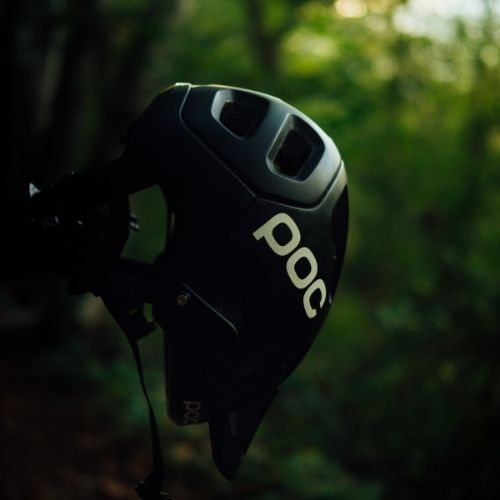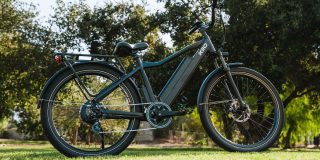A multi-directional impact protection system (MIPS) is a safety tool incorporated into helmets. It’s a yellow line found inside the helmet and a yellow dot outside the helmet.
MIPS is used in motorbike helmets, construction helmets, cycling helmets, skiing helmets, horseback helmets, construction, and equestrian helmet.
MIPS helmets are highly recommended, and worth it. When engaged in the mentioned activities, it’s wise to wear these helmets to protect you from head injuries. It protects the brain in case of a crash since it reduces rotational effect hence reducing incidences of brain injury. The rotation length is 10-15mm.

Do I need to use MIPS? Is it worth it?
Yes, using helmets when on construction sites, skiing, cycling, and horseback is vital because it guarantees your safety from crashes. Let your safety be a priority when performing the mentioned activities.
MIPS helmets help protect your brain from injuries resulting in trauma; when you want to purchase a MIPS, check for the one with a yellow line inside and a yellow dot outside the shell.
MIPS is worthy because it ensures protection from brain damage and injuries resulting from crashes. It protects the eyes as well. The idea of using a helmet to protect yourself is worth taking the risk. This improved amazing feature has led to an increase in the commodity’s price.
An extra cost of 10-15$ is added (by the way, here is a list of great budget MIPS helmets). This cost is worthy because people who had used the MIPS helmet earlier had experienced an impact, giving a positive response that it worked perfectly well in saving them from severe injuries. There are even some awesome, stylish ( like these ones) alternatives for great MIPS enabled helmets.
To confirm the effectiveness of safety measures, tests have been taken by third-party investigators.
How was MIPS created?
Hans von Holst, a Swedish neurosurgeon, and Peter Halldin, a researcher at Royal Swedish Institute, discovered that the human brain could withstand liner impact instead of oblique impact, which leads to rotational strain.
The two noticed that the rotational effect caused severe neck, head, and brain damage injuries even though the users had a helmet on. These injuries can even lead to a brain tumor.
MIPS uses FE, the model helmets, to help stimulate the head and evaluate various injuries on the head. Both Hans and Halldin discovered that putting two tiny layers of low friction will minimize injuries to the brain because the two help regulate motion between the helmet and head.
How MIPS works
MIPS is featured with two layers called slip planes that work independently. They rotate freely to ensure protection from rotational impact from approaching the brain.
Slip planes are designed freely to absorb force if an impact or a crash occurs. It then reduces the force by rotational motion relieving the head and brain.
The rotation movement of the helmet when worn on the head is approximately 10-15 mm. without these measurements, it will lose just like any other normal helmet hence not eliciting the needed effect.
Allowing it to rotate freely during a crash is to help minimize the force that could lead to brain damage. MIPS is a patented technology that has been licensed to many helmet brands.
- What Are Recreational Bicycle Helmets?
- What do you do with old bike helmets that don’t anymore?
- Can adults wear youth bike helmets?
Advantages of using MIPS
- Safety; MIPS is aligned inside with two slip lines that allow it to rotate independently. When an impact occurs, the rotational force is reduced, and EPL absorbs the force, protecting the eyes and brain from severe injuries.
- Simplicity; they are not distinct from the other helmets. They are the same, only that MIPS has an extra safety feature. They are easy and simple to use. Children can as well use them but under the care of their parents for guidance and supervision when using the helmet at different plays.
- Quality; MIPS has better and super quality safety features compared to helmets without MIPS. The slip lane helps to protect the user by absorbing force from a crash.
Frequently Asked Questions
The short answer is yes. MIPS helmets have been shown to reduce rotational forces on the brain by up to 50%, making them an important piece of safety equipment for any cyclist. So if you’re looking for a helmet that can offer maximum protection in the event of a crash, a MIPS helmet is worth considering, as they do make a difference in the chance of a fall off of your bicycle.
The answer depends on how much value you place on safety. MIPS helmets have been shown to provide better protection against certain types of head injuries, so if safety is your top priority, then a MIPS helmet is definitely worth the investment. However, if you’re on a tight budget, there are plenty of other helmet options out there that will still provide adequate protection for when you are out cycling.
MIPS is an acronym that stands for “Multi-Directional Impact Protection System.” MIPS helmets are designed to help protect the wearer’s head from rotational forces in the event of a crash. MIPS technology works by adding a low-friction layer to the helmet. This layer allows the helmet to rotate slightly on impact, dissipating the force of the collision and helping to protect the brain from injury.
Conclusion
MIPS is a head protection system designed mainly to give safety when an impact occurs. Most people from the USA in Northern America have been reportedly buying the helmet in large numbers despite the price increase.
The safety measures of the helmet can guarantee to protect its user from injuries and cuts due to a crash hence making it to be worth it.
MIPS is safe to use; it’s simple and has high quality. Aside from that, it is cost-effective and offers value for hard-earned money.














